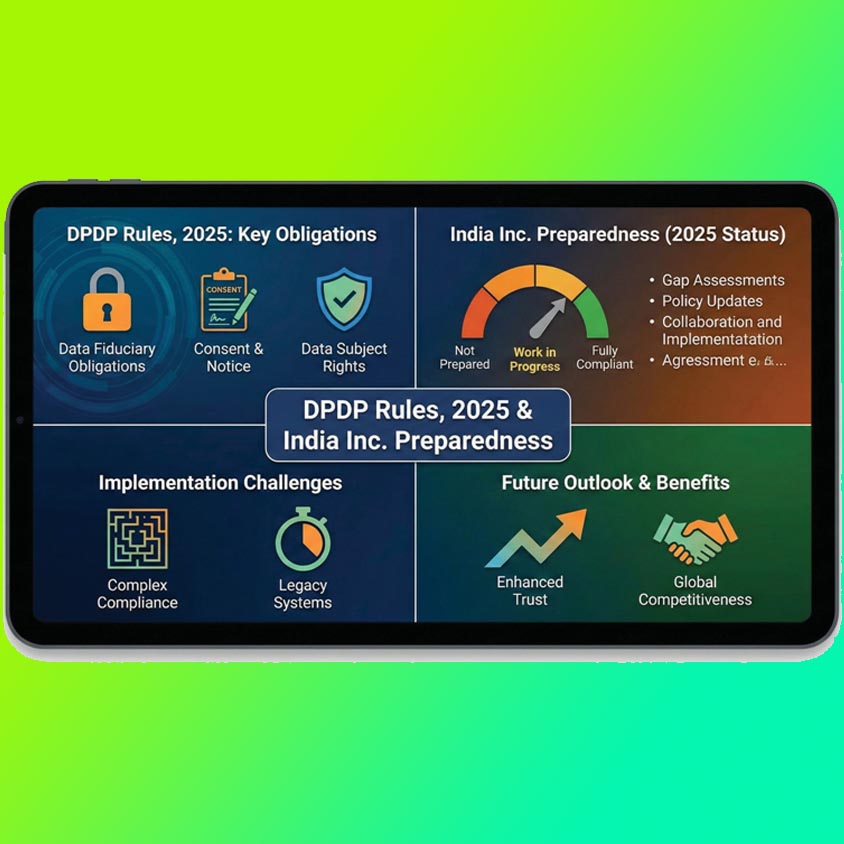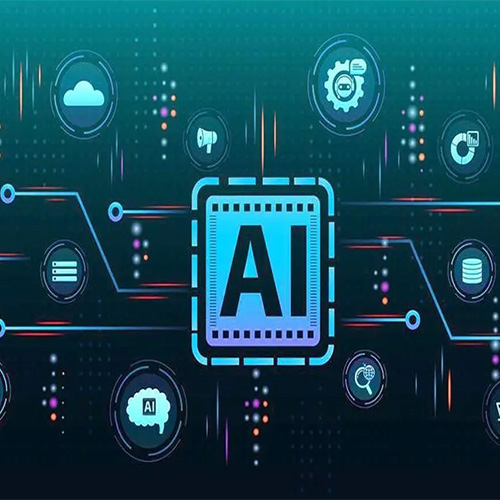Budget 2019-20 & Technology
2019-07-18
The other day, people got glued to the television sets to know about the major proposals in the General Budget 2019-20. There may be differing perceptions about the Budget depending on what way one would look at it. As a technologist and a CEO of a medium-range IT enterprise, I cannot be a passive spectator to the events that unfolded on 5th of July - the Budget day - that also was a platform for announcing major policy pronouncement of the new government, euphemistically referred to as Modi 2.0 government.
To be fair to the Finance Minister, the Budget speech had a decent component of information technology; the need for India to move in the technology value chain; digital transformations that are taking place and many other initiatives. These are welcome and redeeming features of the Budget. Yet, I feel that the nation has to introspect whether technology and information technology have been assigned their due importance in the Budget. In a developing country like India, which is still considered in the lower rungs of the developing world (refer the latest World Bank Report), our focus should be rightly on social sectors like education, healthcare, rural and agrarian societies etc. The pertinent point is: should the World Bank categorization of India among the lower rungs of the developing world preempt us from focusing on secondary and tertiary sectors? Absolutely not! At least that what I feel! The World Bank must have adopted its own yardstick for measuring the level of development of a country. For instance, our next-door neighbour Sri Lanka, from this year onwards, will be reckoned as a middle-income developing country; one notch above India. Does it mean that the country is economically superior to India in terms of economic growth? We all know how much that island country is dependent on China and India in boosting its investments and pepping up its economic growth.
I am absolutely proud when India is reckoned as the fifth largest economy in the world and I am convinced that India would scale up the ranks in the coming year(s) soon to become the third-largest economy in the world after the US and China. The Budget also made big about India becoming a US$ 5 trillion economy sooner or later. That is why almost all developed countries- in that league one can include China as well- have drawn up India focused investment and other economic partnership programs. That is why the US is putting pressure on India not to become prey to the machinations of the Chinese technology behemoth-Huawei- while adopting the partner for the roll-out of 5G in the country. While the US is keen to sweeten the 5G deal with India with promises –some of them are openly offered and most of them not so public- the Chinese are lobbying hard to cajole India to take an impassionate and objective look at its policy towards adaptation of 5G. In clear terms, China is telling that they have rolled out 5G in a handful of major cities in that country and no other country can match them in that game. They have the facts and figures, to assert that they are the technology leader as far as the 5G is concerned.
Let us superimpose the situation in the Indian context. We are the third-largest IT power in the world after the US and China. Of course, we are a distant third in the sense that now there is an unbridgeable gap between the first two and the third in all benchmarks of technology, be it research, incubator culture, innovations, discoveries, level of the skills and importantly in terms of the ecosystem created for research and development. Should we keep our eyes shut on this glaring issue as if nothing has happened? The US administration under Donald Trump does not want to give a free hand to China in copying or morphing its technology. That is why the new restrictions on Chinese companies manifested in terms of a ban on buying or selling components and spare parts with Chinese companies. The US also is trying to pull out its technology companies like Apple, Dell, Intel, Qualcomm etc from China under one pretext or the other. China is wanting to give back to the US in the same coin threatening not only matching trade tariffs but also is trying to block its export of rare earths to the US, which goes into a lot of finished goods like mobile screens, TV sets, hardware equipment etc. Automobile companies in the US and the US farmers of Almond, grapes and soya had openly endorsed their displeasure about the Trump policy of blocking imports from China since it would affect their exports.
Frankly speaking, I wish to see India as a competitor to the US and China in technology leadership. That cannot come from blue. We have to create a strong foundation for research, development, innovation and discovery. That will force us to gear up our systems to create capacities for research and incentivize it. Our youngsters pursuing studies in IITs and higher schools of learning should say that they are not interested in joining any lucrative jobs in a bank or FMCG company, but want to pursue research. That type of mindset needs a lot of groundwork. Merely by stating that we have now four higher schools of learning which figure in the World’s best 200 institutions, maybe good propaganda stuff. But we have to go beyond propaganda to emerge as a country, which walks the talk. There were references to improving the quality of education, setting up more incubators and research laboratories, better incentives for research scholars etc. in the Budget. Yet, there is a lot of gainsay in the assertion that the present infrastructure for research in India is comparable to what that existed in the US some fifty years ago and in China some twenty years back. Yes, we have a lot of legacy glitches, which should be addressed.
In countries like China, South Korea, US and a few countries in Europe media report regularly about the technology breakthroughs. Recently, I have read several reports about the genome and the latest expected breakthroughs, outer space, advancements in dietary habits such as growing meat in plants, replacing animal milk with plant milk from Californian almonds, Soya etc. Scientists believe that plant meat, where a lot of research is still going on, will turn out to be a market for several trillions. The meat grown in plants will have the texture, taste and protein content as that of animal meat and yet it will have superior dietary configurations. In India, particularly, where the number of vegetarians is higher than anywhere in the world, this industry will have a huge impact.
I was particularly happy when I read the Economic Survey, which preceded the Budget by a day. The survey suggested two unprecedented things. One, which would appeal to all government servants and others, is that the retirement age should be raised gradually. The reason is that the number of greying populations in India would rise phenomenally by 2030 or so. At the current rate of growth, there can be a shortage of people by that time to take up works. Two, the future manufacturing or for that matter agriculture is going to be capital intensive and the scenario that will get rolled out will create a smaller number of jobs due to automation. I think this is the first time the government has come out openly what would be the employment scenario in the future. The survey also nitpicked its own solutions. For instance, it laid an increased focus on startups and MSMEs are to create jobs outside the government and PSU sectors. That is the need of the hour.
Let me come back to the subject and that is about technology assuming central stage in our development process. The other day I had seen a piece of news with a photograph of a robotic scavenger being put to use in the Delhi sewerage cleaning. If I remember correctly, I had commented on the advantages of using this technology, which is now endorsed widely. The device being developed by students of some non-descript engineering college in Kerala is making headlines. It is good news that our municipalities and corporations are trying to make use of this indigenously developed robot, which I understand is being exported to a few other countries. These are the types of technologies that people will be interested in knowing. They may not be the top of the drawer innovations but are relevant to Indian conditions in many ways like improving the efficiency of the cleaning system, reducing the drudgery and keeping our environment clean and people healthy.
See What’s Next in Tech With the Fast Forward Newsletter
Tweets From @varindiamag
Nothing to see here - yet
When they Tweet, their Tweets will show up here.





























